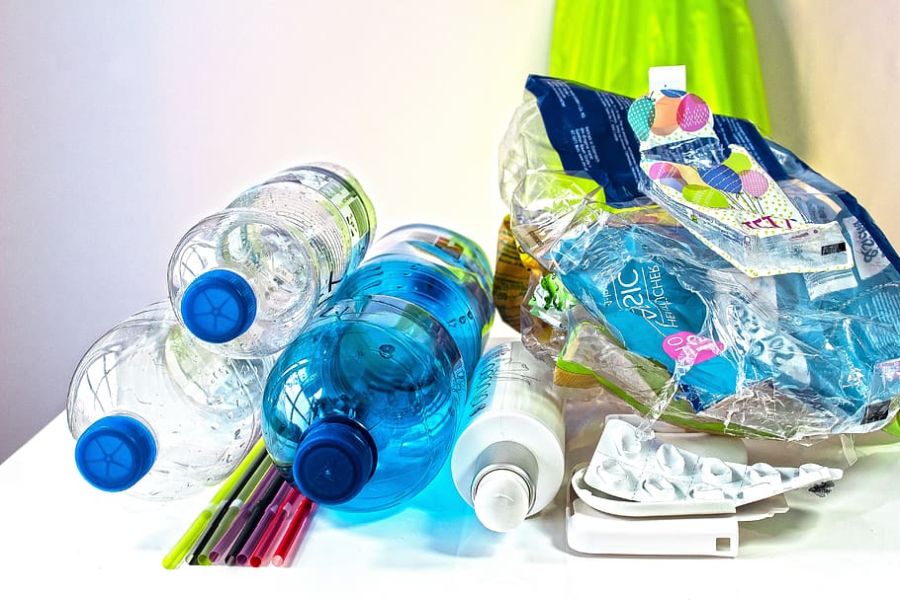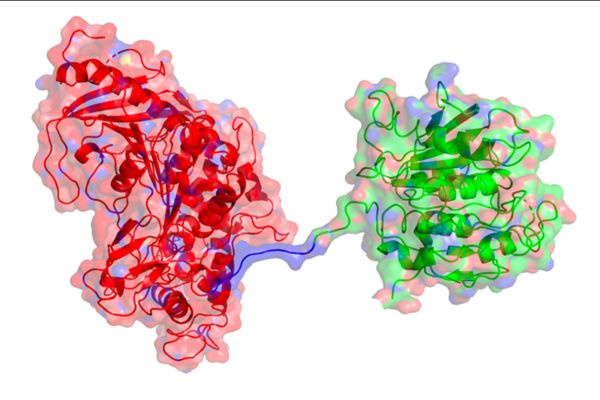
We live in a plastic era. Ubiquitously, the substance is found in our household and communities across the globe. Not only we have filled up our land but also oceans with plastic. Worldwide waste management market size is expected to reach $484.9 billion by 2025 from $303.6 billion in 2017.
Globally, researchers are working on an alternate solution to put some control in the recycling process. This time, scientists at the University of Portsmouth in collaboration with the National Renewable Energy Laboratory (NREL) in the US have teamed up to create a new chimeric enzyme that can break-down plastic up to six times faster than the plastic-eating enzyme PETase.
What is PETase?
PETase is an enzyme can eat PET plastic. PET or PETE is an abbreviation for polyethylene terephthalate, the chemical name for polyester. PET plastic is robust and lightweight and hence widely used in food and beverages businesses.
Two years back, PETase enzyme gained huge deal of scientific interest for its ability to break down PET plastic back into its basic building blocks.
Researchers who were behind the development of PETase have come up again with a newly evolved enzyme ‘cocktail’ that has the ability to digest plastic up to six times faster.

New chimeric enzyme
Enzymes that are found in bacterium that live in garbage of plastic bottles, is combined with PETase to form the new chimeric enzyme. And the results are quite astonishing.
Initially, PETase showed signs of digesting PET plastic thus creating an opportunity to recycle plastic infinitely within short duration of time. Since, PET is most widely used substance in food and beverage industry, it might take hundred or even more years to break down into its building blocks. However, this time limit is expected to reduce by PETase, which is somewhere around 20 percent faster at breaking down PET.
In order to further increase the speed of PET breakdown, the same trans-Atlantic team have initiated a combination of PETase with MHETase.
Professor McGeehan, from University of Portsmouth, said that PETase works directly on the surface of the plastics while MHETase chops things up further. This suggested them to combine the two enzymes together and to observe the new behaviour.
As expected, both the enzymes worked in unison and this led the team to physically link the two together like a pair Pac-men. In fact, the new chimeric enzyme is nearly three times faster than each of the two working independently in natural environment.
Takeaway
With the discovery of the new amalgamated enzyme, the team has taken another leap towards finding a solution to plastic waste.
Researchers envision that if things go well in natural setting also, then managing plastic waste won’t be an issue. As it will allow plastics to be manufactured and reused endlessly thus, decreasing our dependency on fossil resources like oil and gas.



